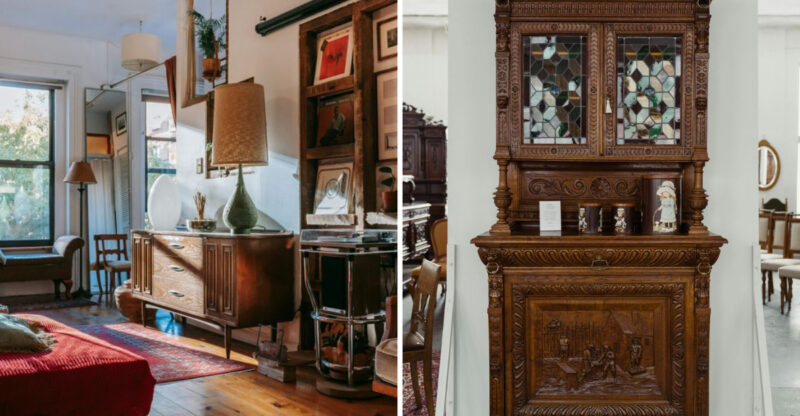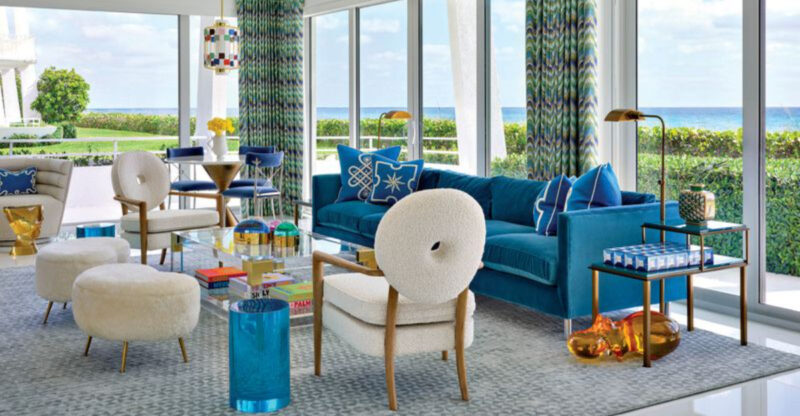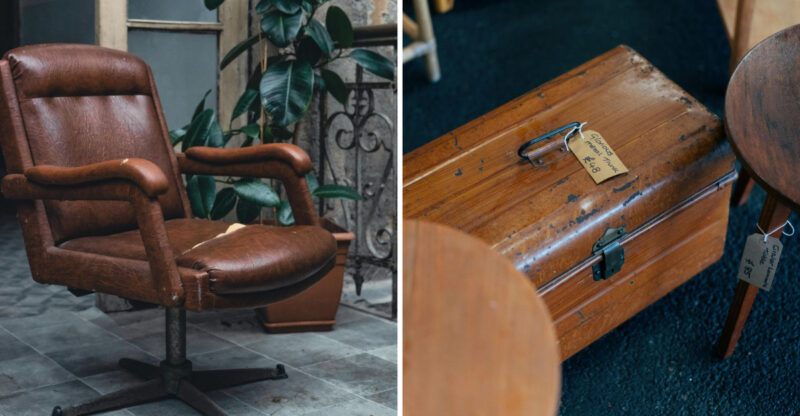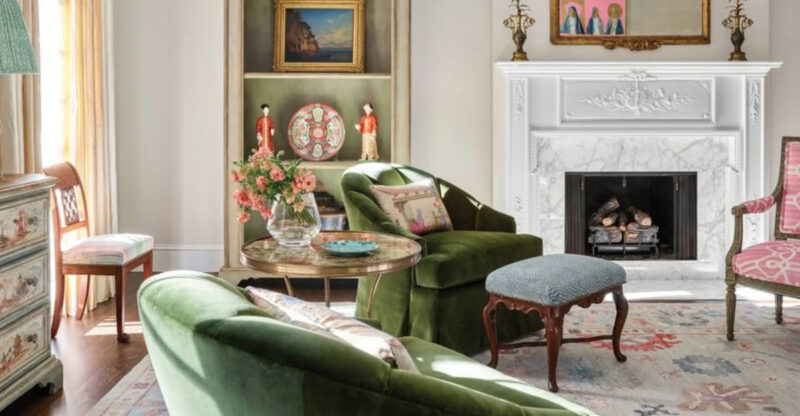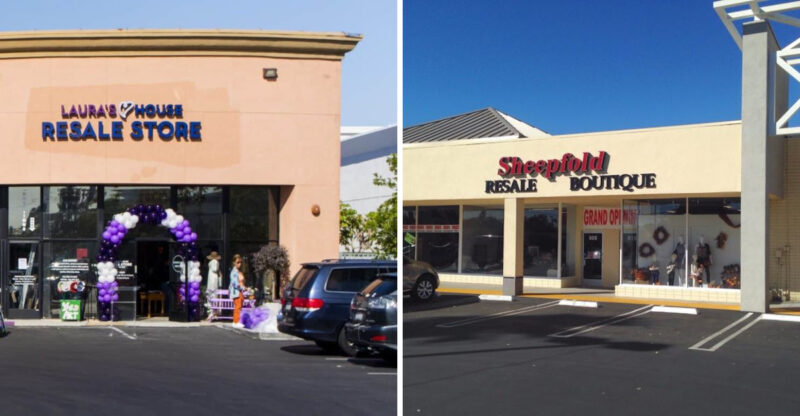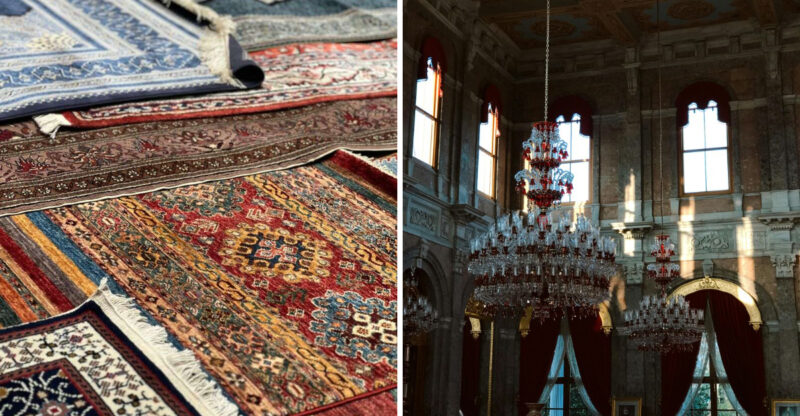A Look At Interior Design Trends From The 1980s
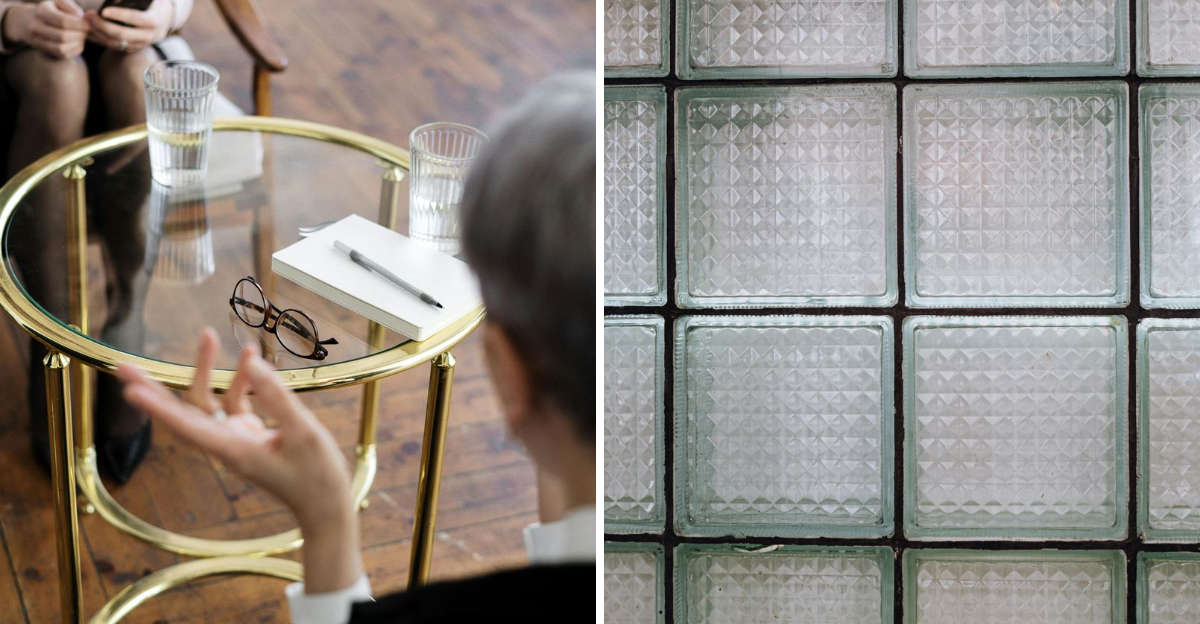
In an era dominated by minimalist aesthetics and muted palettes, the vibrant, often audacious, interior design trends of the 1980s can feel like a fever dream.
Often maligned, sometimes ridiculed, the ’80s home was more than just a collection of pastel sofas and glass block walls; it was a bold declaration of a decade defined by excess, aspiration, and rapidly evolving technology.
But beneath the layers of shiny brass and geometric patterns lies a fascinating story of how a culture expressed itself through its living spaces.
This content is for informational and historical purposes only. Individual experiences and interpretations of 1980s design may vary.
1. Memphis Design Movement
Squiggly lines, clashing colors, and geometric shapes dominated living rooms across America thanks to the Memphis Design movement. Founded by Italian designer Ettore Sottsass in 1981, this style rejected traditional good taste for playful, almost childlike furniture and accessories.
Glass blocks, terrazzo surfaces, and laminate finishes became status symbols in upscale homes. The movement’s influence extended beyond furniture to everyday objects like telephones, lamps, and even kitchen appliances – all sporting those unmistakable bold patterns and primary colors.
2. Mauve And Dusty Blue Everything
Walk into any well-decorated 1980s home and you’d be greeted by walls, carpets, and furniture in dusty rose, mauve, and seafoam blue. These muted pastel tones replaced the earthy browns and oranges of the 70s, creating softer environments that still felt distinctly contemporary.
Bathrooms particularly embraced this palette – complete with matching towels, rugs, and shell-shaped soap dishes. Even kitchen appliances weren’t safe, with manufacturers producing mauve refrigerators and microwaves to satisfy the public’s insatiable appetite!
3. Glass Block Walls And Mirrors
Nothing said luxury in the 80s quite like a glass block divider wall or mirrored surfaces. Homeowners installed these translucent blocks to separate spaces while maintaining an open feel, especially in bathrooms and entryways. The prismatic effect created when light passed through became a coveted design element.
Meanwhile, mirrors were everywhere – covering entire walls, forming furniture bases, or arranged in geometric patterns. Mirrored coffee tables reflected your track lighting perfectly! Reflective surfaces served a practical purpose too, making smaller spaces appear larger.
4. Country Kitchen Charm
Blue geese, heart-shaped cutouts, and gingham fabrics flew into American kitchens during the 80s country craze. This homey style, popularized by magazines and TV shows, represented a nostalgic reaction to the decade’s otherwise futuristic aesthetic trends.
Wooden cabinets with decorative borders, wallpaper borders featuring apples or teddy bears, and ceramic canisters shaped like houses were must-haves. Families displayed collections of copper pots and wicker baskets, while dried flower arrangements hung from ceiling beams.
5. Brass And Glass Furniture
Gleaming brass combined with glass created the ultimate 80s furniture statement. Brass-framed coffee tables with smoked glass tops anchored living rooms, while brass etageres displayed prized collections of crystal figurines and family photos.
Dining rooms featured brass-based glass tables surrounded by chairs with brass accents and pastel upholstery. Track lighting with brass fixtures illuminated these metallic showpieces. The warm golden glow of brass complemented the era’s rich jewel tones and created an atmosphere of opulence.

